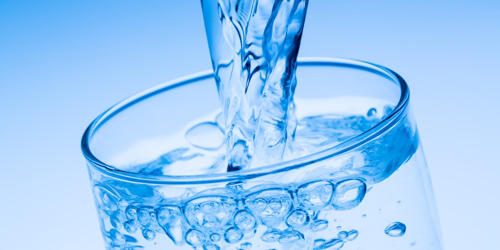Water is the most important element you feed your body each and every day; therefore, it’s important to fuel up with clean and pure water. Purified water is water that has been filtered or processed to remove impurities like chemicals and other contaminants. It is water that has been mechanically filtered or processed to remove impurities and make it suitable for use. Distilled water has been the most common form of purified water, but, in recent years, water is more frequently purified by other processes including capacitive deionization, reverse osmosis, carbon filtering, microfiltration, ultrafiltration, ultraviolet oxidation, or electrodeionization. However, standards for drinking water around the world vary and are typically based on governmental regulations or international standards. The purest water on the market, purified water refers to the actual quality of water.
Purified water is water that comes from any source, but has been purified to remove any chemicals or contaminants. Combinations of a number of these processes have come into use to produce ultrapure water of such high purity that its trace contaminants are measured in parts per billion (ppb) or parts per trillion (ppt). To meet the legal definition of “purified water,” water impurities must be removed or reduced to extremely low levels. In most Western countries, public drinking water is purified to make water safe for human consumption. Since the purification process is designed to remove virtually all types of impurities, the quality of the source water has little bearing on the quality of the final product. There a number of different ways water can reach this quality, including distillation, reverse osmosis, ion exchange, and more. In order to be classified as purified water, the water must have less than 10 PPM—which is extremely pure. Types of purification include distillation, deionization, reverse osmosis, and carbon filtration.
Purified water has many uses, largely in the production of medications, in science and engineering laboratories and industries, and is produced in a range of purities. It is usually produced using groundwater or tap water. It is also used in the commercial beverage industry as the primary ingredient of any given trademarked bottling formula, in order to maintain product consistency. It can be produced on-site for immediate use or purchased in containers. Another benefit of water purification is that it removes unpleasant tastes associated with chemical treatments, organic matter, or metal plumbing, leaving you with fresh, pure-tasting drinking water. A properly designed and functioning purification system will produce extremely high purity water every time, regardless of variations in the source water’s quality. Purified water in colloquial English can also refer to water which has been treated (“rendered potable”) to neutralize, but not necessarily remove contaminants considered harmful to humans or animals. For this reason, purified water is viewed as the objective benchmark against which the purity of other waters is judged.
















